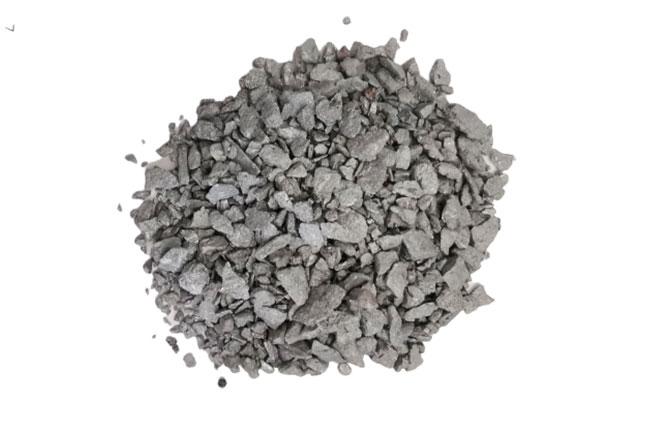


Easy ways to get the answers you need.Send Email
Inoculation is to add a small number of other substances to the liquid metal during solidification to promote nucleation, inhibit growth and refine grain. Traditionally, the addition of additives to cast iron is called inoculation, and the addition of additives to non-ferrous alloys is called modification. In essence, inoculation mainly affects nucleation and promotes grain dissociation, while modification changes the growth mechanism of the grain (inhibits the growth), thus affecting the morphology of the grain.
|
Name |
Chemical composition (%) |
||||
|
Si |
Ba |
Ca |
Al |
Zr |
|
|
Si-Ba-Ca Si-Ba-Ca inoculant |
≥70 |
1-3 |
1-2.5 |
1-2 |
|
|
65-70 |
4-6 |
1-2.5 |
1-2 |
|
|
|
65-70 |
6-8 |
1-2 |
1-2 |
|
|
|
Si-Zr Si-Zr inoculant |
73-80 |
|
2-2.5 |
1-2 |
2-2.5 |
|
70-80 |
|
1-2.5 |
1-1.5 |
1.5-5 |
|
|
74-80 |
≤0.03 |
2-2.7 |
1-1.4 |
2-3 |
|
|
Particle size |
The content and particle size can be adjusted subject to customer requirements |
||||
|
Packaging |
One ton per bag, or packaged according to customer requirements |
||||
With an addition amount of 0.5-1.0%, it can obviously change the shape, size and distribution of graphite in the cast iron, promote the graphitization process, prevent the chilling tendency, prolong the nodularization degeneration time, and improve the matrix structure and mechanical properties of castings. With uniform composition, nearly square particles, and reasonable size distribution, it can be well fused into the molten iron.
If you have any questions, please fill in the following information, we will reply you as soon as possible